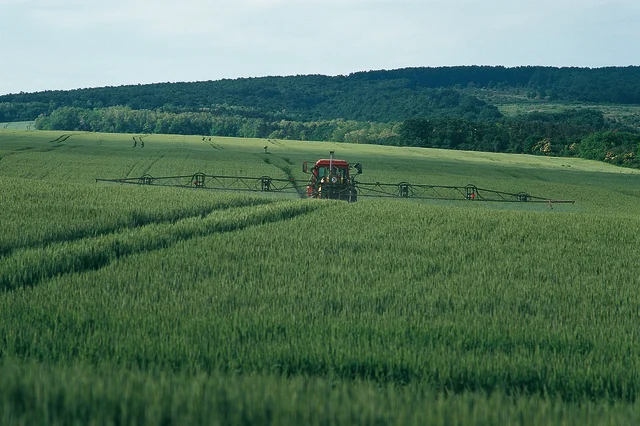Published on 1st June 2018
Weed Management
Four tips for getting the most out of post-emergence herbicides this autumn

Using a post-emergence herbicide is, for many, the final step in an integrated weed management plan. It’s the last opportunity, bar hand-rogueing or spraying off the crop with glyphosate, to control black-grass and minimise seed return for the following season.
Four tips for getting the most out of post-emergence herbicides this autumn
Using a post-emergence herbicide is, for many, the final step in an integrated weed management plan. It’s the last opportunity to control black-grass and minimise seed return for the following season.
While levels of control from post-emergence herbicides have dropped in recent seasons as resistance has increased, every weed controlled means you are getting that one step closer to the 97% control you need to make sure the problem is not getting worse in the following crop.
1. Choose your herbicide wisely
Know the resistance status of your weed to pick the best product. In black-grass, enhanced metabolism resistance can be somewhat overcome by effective applications to small vulnerable weeds. In ryegrass, patterns of resistance are less predictable with many populations still vulnerable to either mesosulfuron (HRAC Group 2) or pinoxaden (HRAC Group 1) based products.
2. Apply at the right time
Contact post-emergence herbicides should be applied when weeds are actively growing and, ideally, at growth stage 11-13 for Atlantis OD (mesosulfuron + iodosulfuron). Contact-acting herbicides are absorbed through the leaves of the plant, so application should be made to a dry leaf, with no wet weather forecast for at least two hours – ideally more – for drying.
Temperature is also important as it determines active growth. Generally speaking, applying before a cold spell works better than applying immediately after. When coming out of a cold period it is best to wait until growth has visibly started rather than spraying on the first warm day.
Post-em treatments should only be delayed when the weed is not actively growing such as during an extended period of cold weather, or when the crop is stressed. Delaying applications allows weeds to get bigger and more likely to survive herbicide applications.
3. Ensure your sprayer is ready to go
The condition of your sprayer is important because post-em applications work by targeting the leaf surface which needs to be a precise application. At growth stage 11-13 black-grass weeds can be hard targets due to their small size, vertical stature and hairless, waxy surface.
During application, forward speeds should not exceed 12kph to ensure an even coverage and spray droplets should be fine to medium sized, ideally from a flat fan nozzle to increase the likelihood of leaves retaining the spray. Correct sprayer set up is even more crucial where water volumes are reduced below 200 L/ha.
Post-ems should always be applied at the full rate to help delay the development of enhanced metabolism resistance. To get the best from your post-em, always use the adjuvant recommended. This will optimise efficacy and give a more consistent performance.
4. Pay attention to tank-mix partners
Tank mixtures should always be supported by the manufacturer and should not contain a high number of different components.
At post-emergence, residual herbicides can be added to Atlantis OD to extend protection from late germinating weeds into late autumn and winter. In Bayer trials, the best control at the autumn timing was from a tank-mix of 1.2l/ha Atlantis OD + 0.5 l/ha Octavian Met (flufencacet + diflufenican + metribuzin). The sister product Alternator Met or 0.3 l/ha Liberator (flufenacet + diflufenican) are also good as tank-mix options. Applying a residual only 'top-up' spray is also a popular choice. Once again the metribuzin co-form products - Alternator Met and Octavian Met provide the best control overall.
Combining other chemical actives including fungicides and growth inhibitors at post-emergence can have a number of risks because the wetters and stickers found in these can reduce the efficacy of the herbicide and affect leaf uptake. They can also increase the risk of crop damage.
If you have any questions, please contact your local CTM or Tweet @Bayer4CropsUK.
Black-grass: The definitive resource
For more information on how to reduce black-grass on your farm



